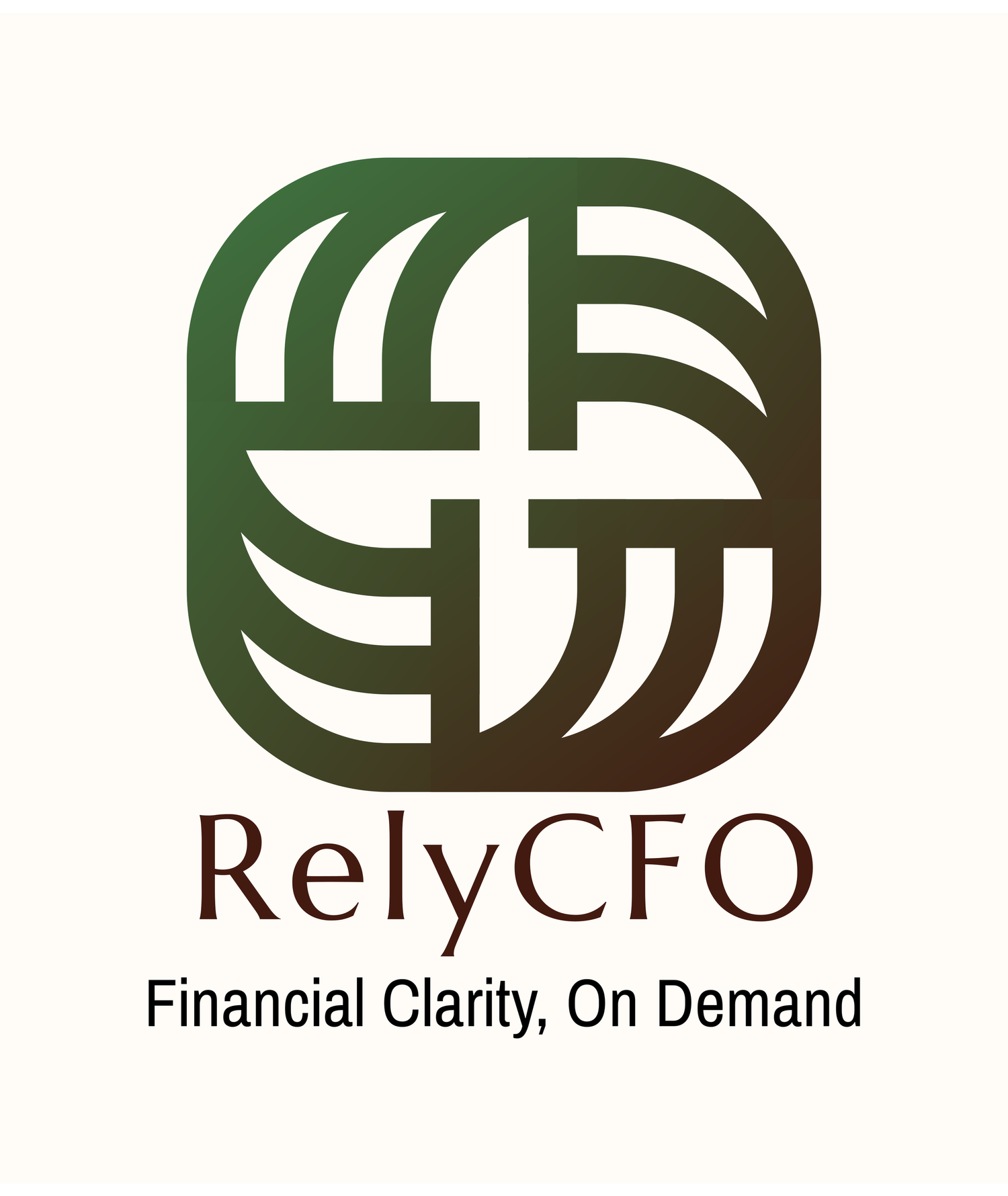Pricing Strategies That Actually Make You Money
Pricing is one of the most powerful levers in business — yet one of the most misunderstood. Price too low and you bleed cash. Price too high and you risk losing volume. The best businesses treat pricing not as a guess, but as a strategic financial decision backed by data, customer insights, and ongoing testing.
As a CFO or business owner, you should think of pricing as both a marketing tool and a profit driver. Done right, it reflects your brand positioning, maximizes gross margins, and keeps you competitive without entering a race to the bottom.
💰 Start With Costs, But Don’t End There
Your first step is knowing your gross margin for every product or service.
Formula:
Gross Margin (%) = (Price – Cost of Goods Sold) ÷ Price × 100
Example:
Cost of Goods Sold (COGS): $50
Selling Price: $100
Gross Margin = (100 – 50) ÷ 100 = 50%
This margin is what you have left to cover overhead, reinvest in growth, and earn profit. A strong gross margin is your foundation — but it’s only the starting point.
⚖️ Understand Value Perception
Value-based pricing focuses on what your customer believes your product or service is worth, not just what it costs you to produce.
Example:
If your service saves a business $10,000 in lost sales or inefficiencies, charging $500 leaves money on the table. Customers are often willing to pay more when they clearly see the ROI (Return on Investment).
Ask yourself:
What problem am I solving?
How much is that problem costing the customer?
How does my offer compare to alternatives in the market?
📊 Test and Tweak
Even the best pricing models require experimentation:
A/B Testing – Offer different prices to different customer segments and track conversion and retention.
Bundling – Combine products or services at a slightly discounted price to increase perceived value.
Tiered Pricing – Offer a basic, premium, and elite package to appeal to different customer budgets.
Seasonal Adjustments – Adjust pricing during peak demand periods or launch promotions during slow months.
Track the impact on:
Volume of sales
Profit per unit
Customer lifetime value (CLV)
📉 Don’t Be the Cheapest—Be the Most Valuable
Competing solely on price is dangerous. Someone will always be willing to go cheaper. Instead:
Highlight quality, reliability, and service.
Package your offerings to emphasize total ROI rather than cost alone.
Use testimonials, case studies, and guarantees to justify premium pricing.
✅ Pro Tip
Your price sends a message about your brand. A premium price can signal quality and expertise — but only if your marketing, customer service, and results back it up.
📌 Let’s rethink your pricing to boost profit and positioning. Get In Touch

